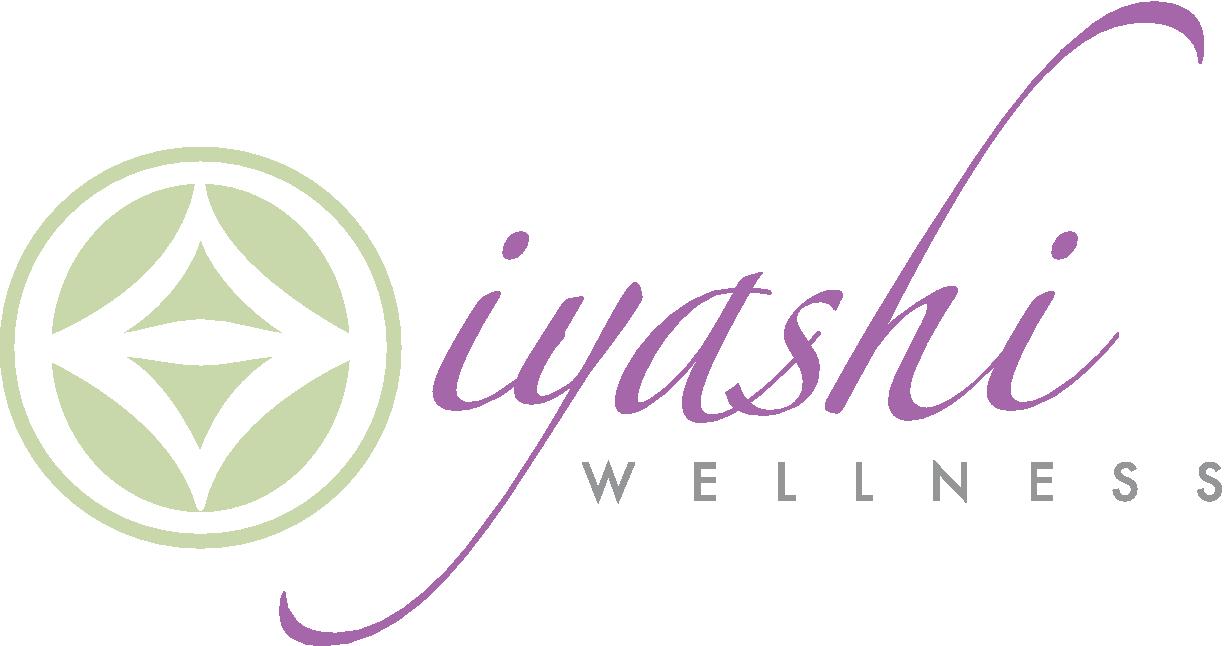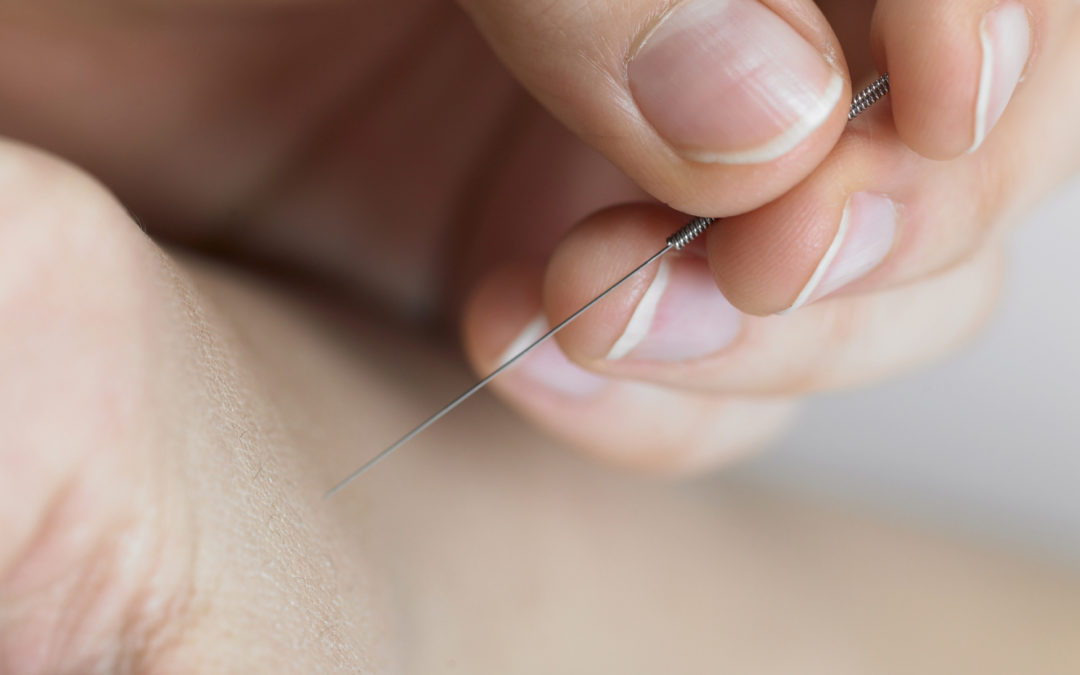Acupuncture. Is it all created equal? No.
Did you know, beyond licensed acupuncturists, there are now many healthcare providers from different modalities practicing acupuncture? Medical doctors, chiropractors, osteopaths, nurses, naturopaths, podiatrist, and dentists. Why? Because they all know it works and they think they can help their patients just by studying a few hours of acupuncture needling.
So how does, for example, a medical doctor practicing acupuncture differ from a licensed acupuncturist practicing acupuncture? MDs who practice acupuncture generally only start with a weekend course in acupuncture, or about 300 hours of training before they’re allowed to needle people. If this is all they take in terms of training to do acupuncture, one can only imagine their acupuncture approach and technique will most likely be rudimentary and symptomatic, when acupuncture and Asian Medicine has a history of several thousand years. Can you really learn the history, art and science in just 300 hours?
In the state of California, we licensed acupuncturist, on the other hand, go through 4 years of medical training, with at least 3,000 hours of state-approved-education in didactic learning and clinical training and this includes both Eastern Medicine (acupuncture, herbs, and oriental medicine theory) AND Western Science and Western Medicine. Of those hours, about 1100 hours are exclusively in needling and clinical training. California acupuncture licensing exam is the most stringent acupuncture exam in the nation, and California acupuncturists require a California-specific licensing exam separate from the national exam. What that means is that, for example, someone from another state licensed to practice acupuncture in their state may NOT practice in California until they pass the California acupuncture licensing exam – which many do not – because it is the most rigorous in the nation. We licensed acupuncturists are required (like other healthcare providers) by the state to take continuing education classes to keep abreast of new treatments, research, methods and information to continually improve and enhance our knowledge, and be the best health care providers we can be.
So how will you see the difference in acupuncture treatment approach and results from a licensed acupuncturist vs. a medical doctor? For example, a medical doctor sees knee pain this way: “Oh, your knee hurts? OK, let me stick some needles in the knee. Done.” Pain will temporarily be gone because the endorphins are triggered from needling to make the patient feel better. But most likely, that knee pain will come back because it’s just a bandaid approach. A licensed acupuncturist, on the other hand, sees knee pain this way: we will of course see the knee pain, but will go deeper to understand why the knee is hurting to begin with. If it’s from trauma, we will address inflammation and blood flow and internal organs and lymphatic drainage involved in trauma care and recovery by needling other parts of the body to improve blood flow, trauma repair response, etc. If it’s from arthritis, we look deeper to understand why the patient is having arthritis to begin. We will diagnose which organs and channels are not functioning properly and treat them accordingly so that although we can stop the knee pain at that moment, we don’t want it to come back at all so we actually address systemic issues that arise from arthritis. We may needle the troubled knee, or not needle it at all because with the assessment we make holistically of the patient, we know that the pain is coming from somewhere other than the knee per se. We may very well then needle other parts of the body to release the pain. And so forth. We call this treating the “root” of the problem. If you treat the root cause of the problem, the problem won’t come back. Just treating the knee is treating the “branch” of the problem, and it will come back because the root cause has not been addressed.
And since we are talking about medical doctors and other health care providers practicing acupuncture, have you heard of physical therapists (PTs) practicing “dry needling?” This is purely acupuncture by another fancy name, and is illegal in the state of California. PTs do “dry needling,” aka acupuncture, with less than 40 hours of training using acupuncture needles! Yeek! The damage done from this absolutely rudimentary training can be alarming. To learn more about the dangers of having a PT do “dry needling” to you, please read this.
So, if you want proper acupuncture and Asian Medicine care, who would you rather see, a licensed acupuncturist with a minimum 3,000 hours of training in the art and science of acupuncture and Asian Medicine, or a medical doctor practicing acupuncture with only 300 hours of needling training? And I’m sure I don’t need to ask about PTs, right?

